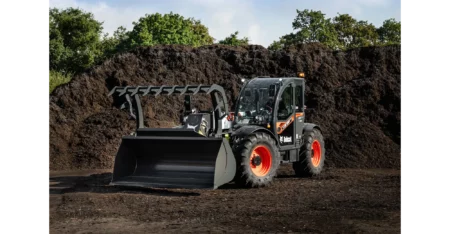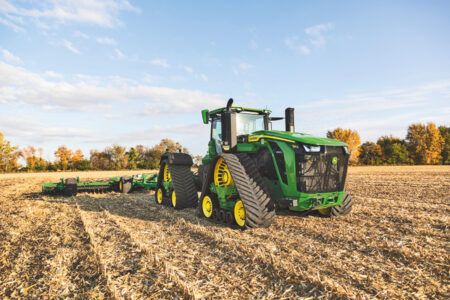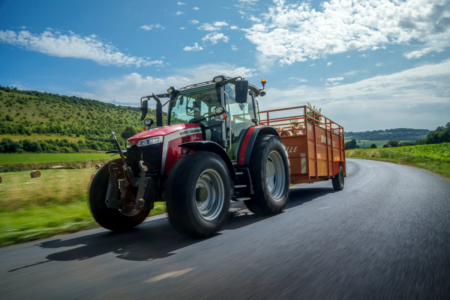Yanmar has announced the upgrade of its autonomous tractor series, which are capable of full or partially autonomous work. The new versions will go on sale in Japan from April 1st, 2021.
Recent years have seen an increase in large scale farming in Japan, brought on by consolidation of smaller farms into larger enterprises. At the same time, a declining and aging farming population has led to workforce shortages in Japanese agriculture. The market for autonomous agricultural machinery is rising to meet these challenges. Yanmar’s upgraded robot/auto tractors will utilize a multi-frequency antenna for stable connection and higher positioning accuracy towards a safer, even more efficient autonomous tractor.
“Yanmar’s auto tractor and robot tractor have found favour in the farming community for their efficiency, reliability and accuracy,” said Nagamori Masuda, Yanmar Agribusiness president. “With these new models, Yanmar offers farmers even more value with more robust positioning technology that allows even greater flexibility in the field.”
Yanmar will continue to work to meet customer’s needs, contributing to a sustainable agriculture.
Features
(1)Multi-frequency antenna for faster positioning
By receiving signals at three different frequencies from the GNSS satellite, the multi-frequency antenna can ensure safe driving even if the signal is interrupted on one of the frequencies. In addition, the positioning time is reduced by 75% allowing work to commence soon after arrival at the field.

(2) Virtual Reference Station (VRS) mea s greater convenience through expanded RTK coverage
Previously, by receiving both signal from the GNSS satellite and a correction from a base station, it was possible to achieve precision of ±3cm.
The new system receives a multi-frequency signal allowing the tractor to receive local reference point positioning data to determine its position via VRS. This means it is no longer necessary to install a Yanmar base station and the system can be used anywhere mobile signal is available.
VRS requires use of a correction signal service.

(3) Lower speed (min: 0.5 kph) allows precision work
Increased positioning stability allows for new kinds of work. Because the positioning of the tractor is highly robust, it is possible to carry out precision work at lower speeds as low as 0.5 kph. Previously inaccessible tasks such as combined tilling and ridging can now be carried out by the robot tractor.




